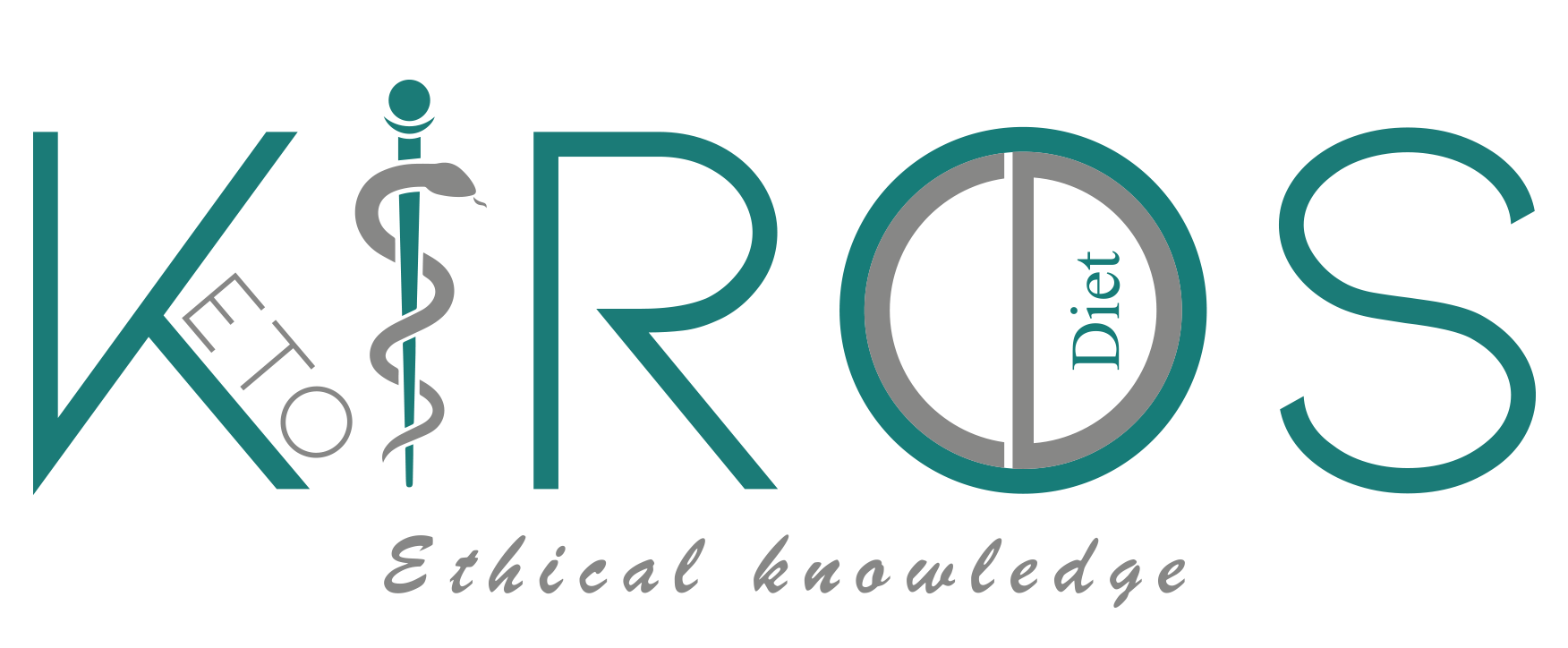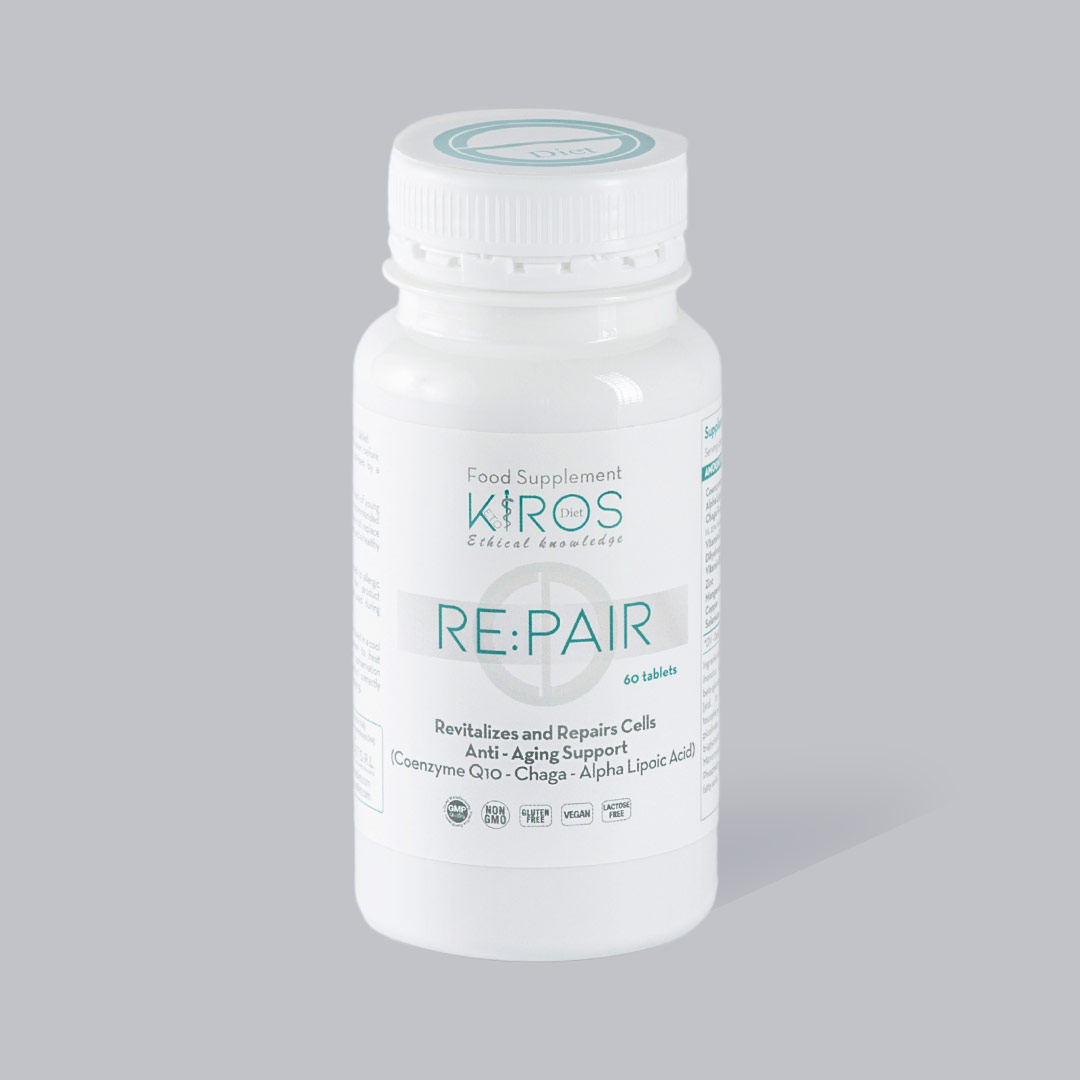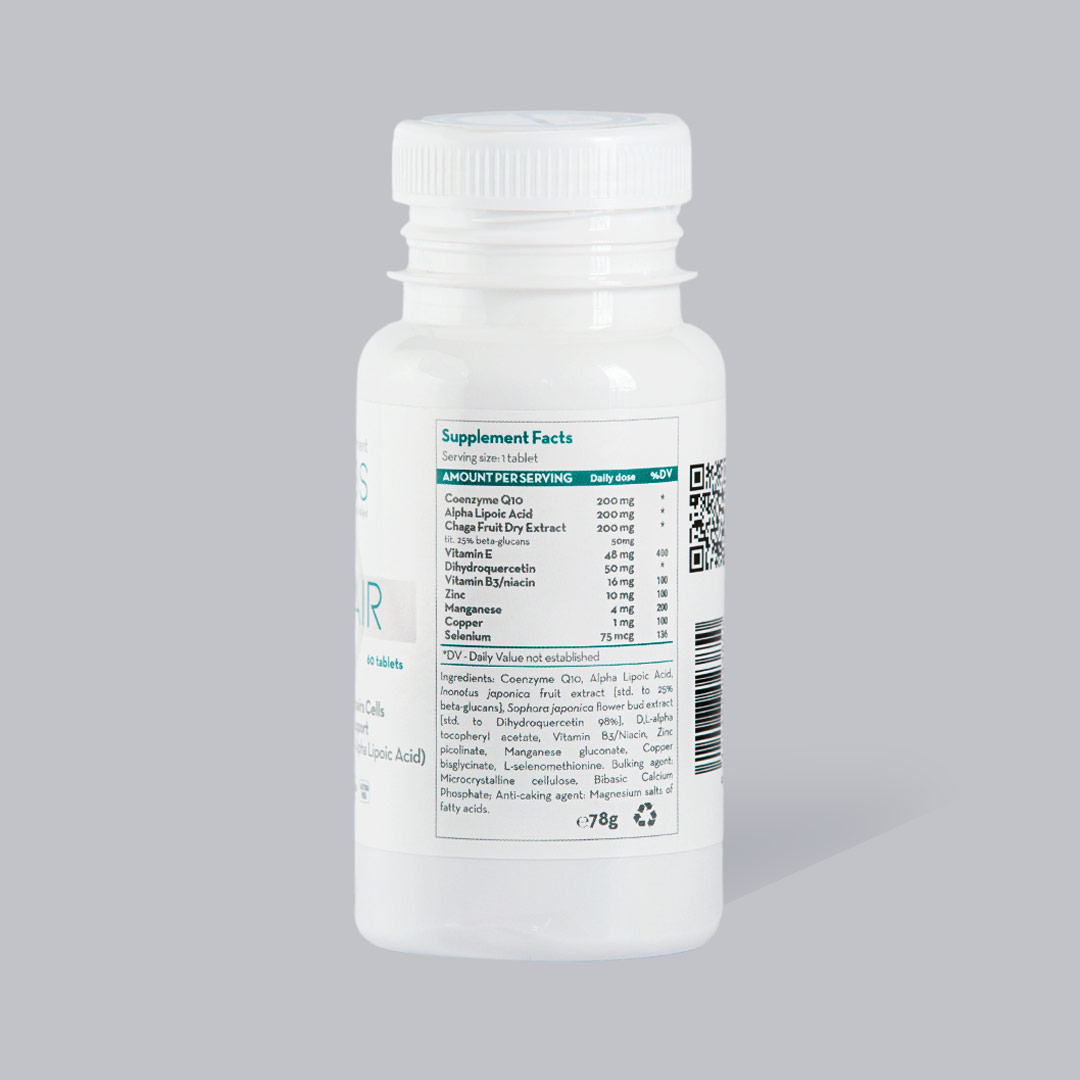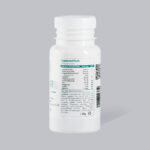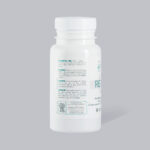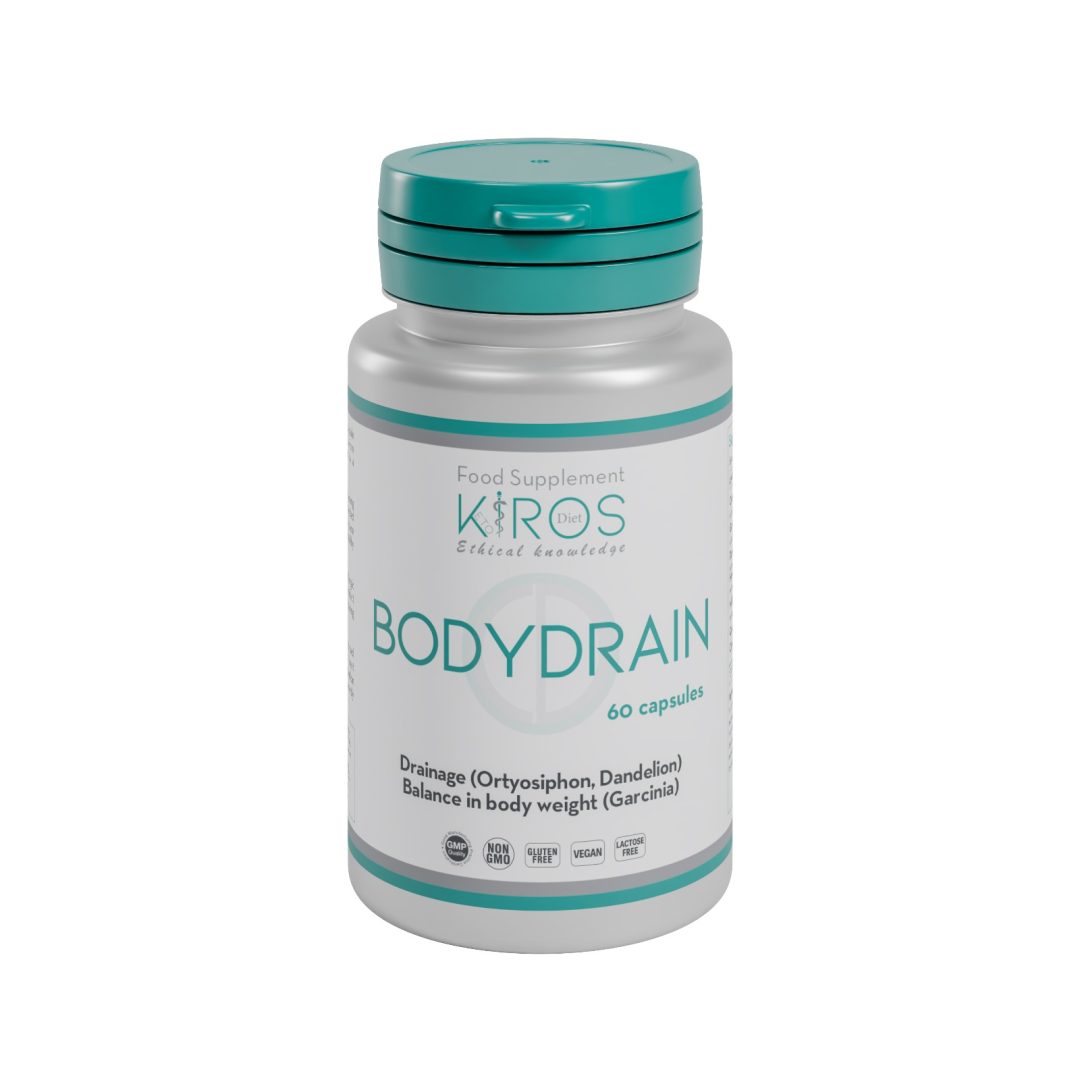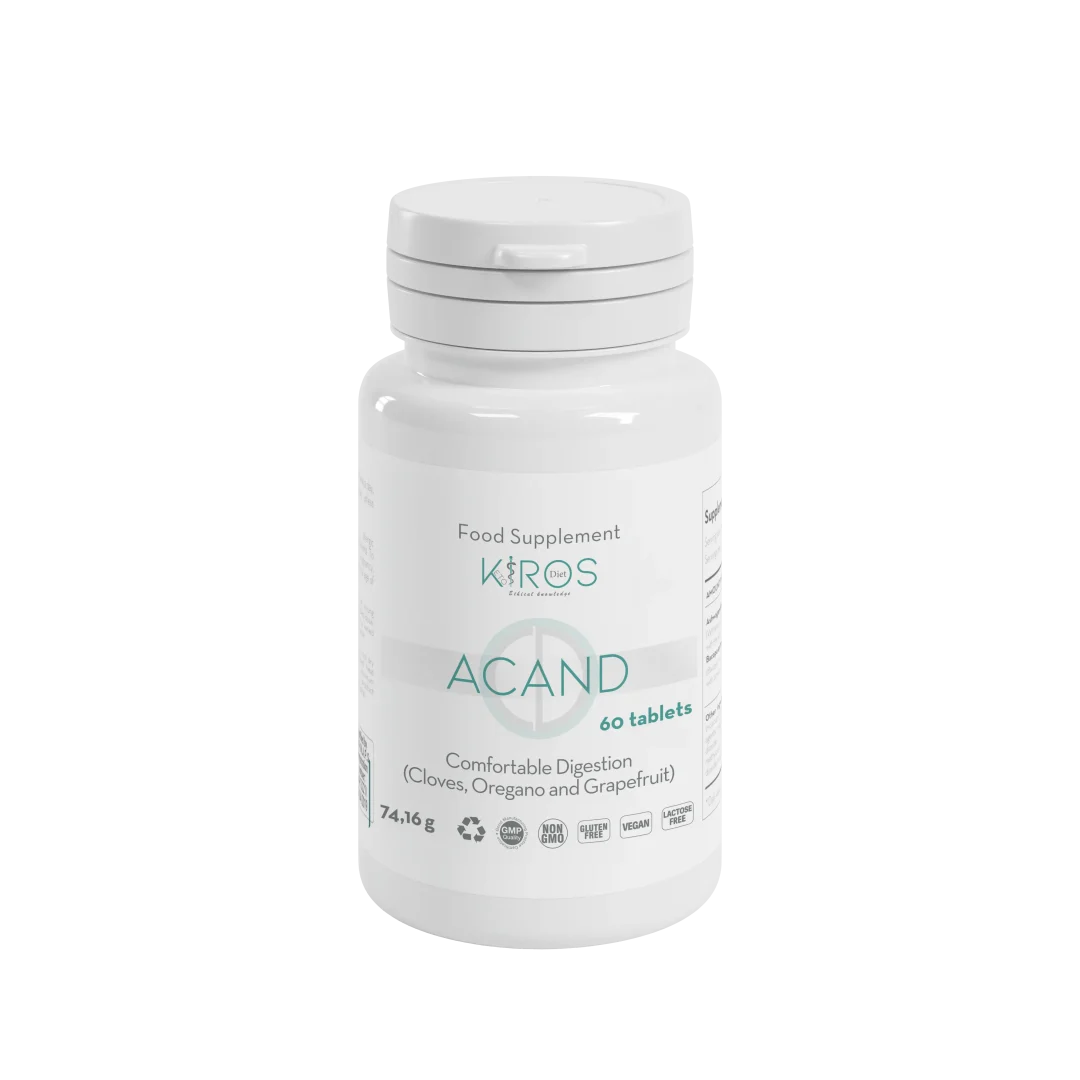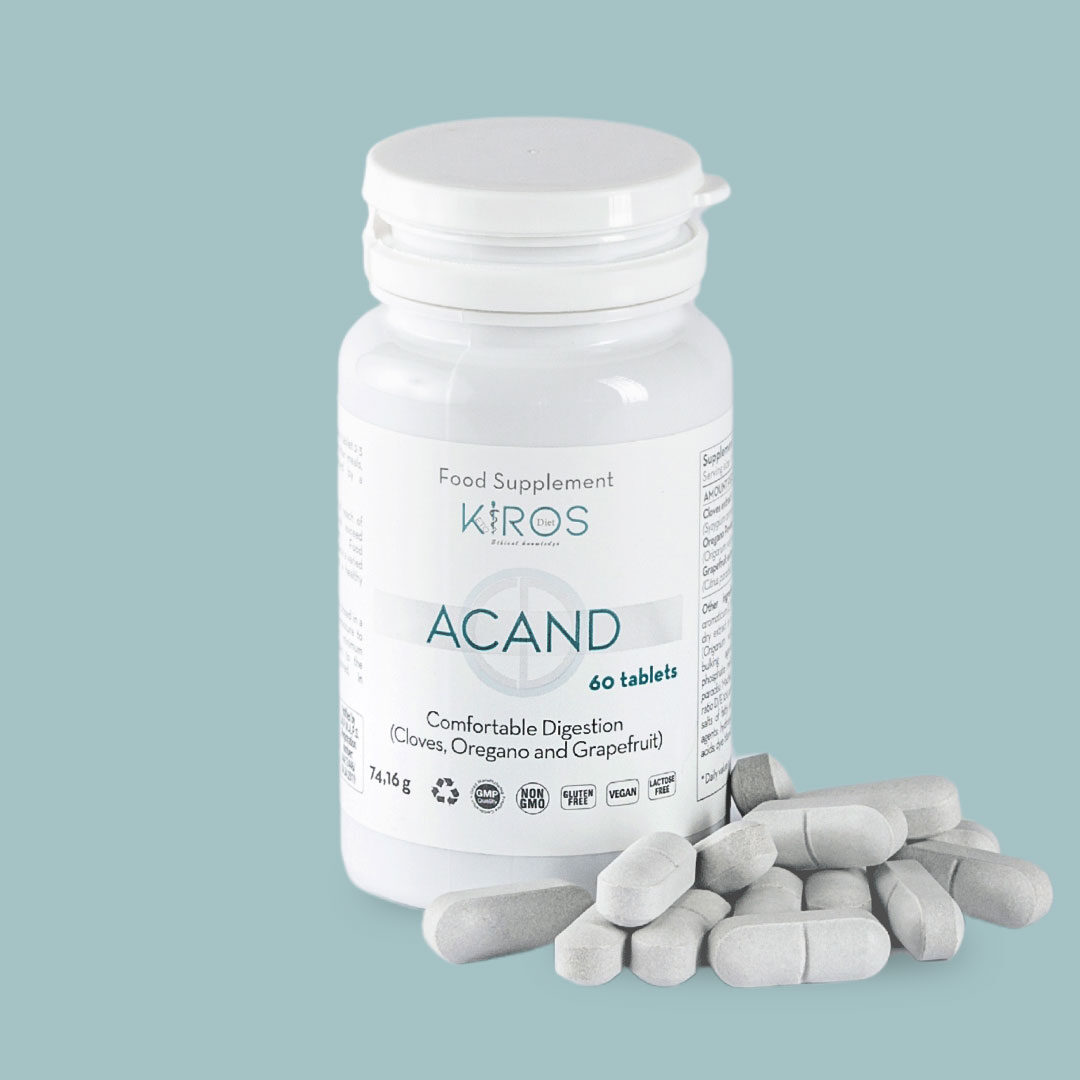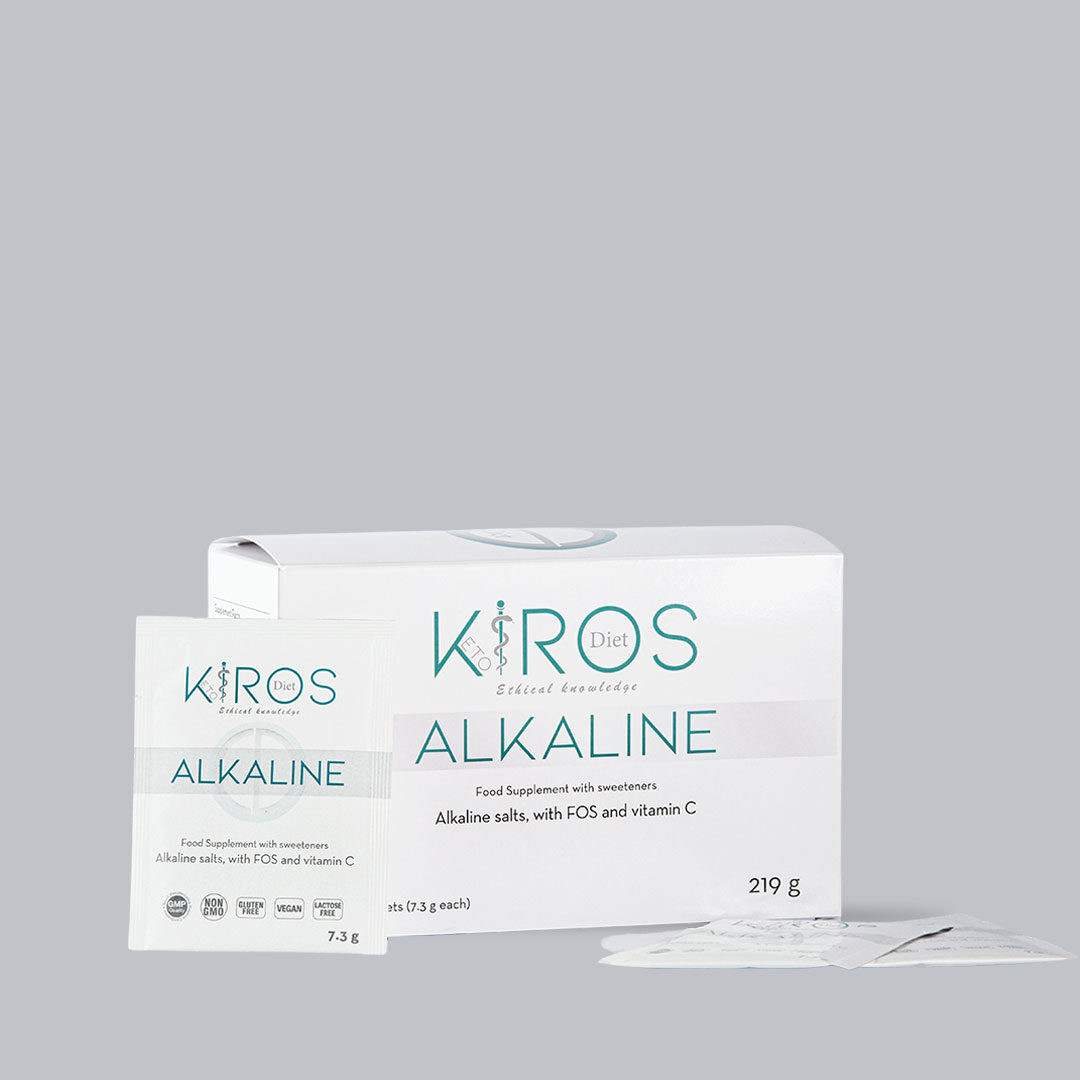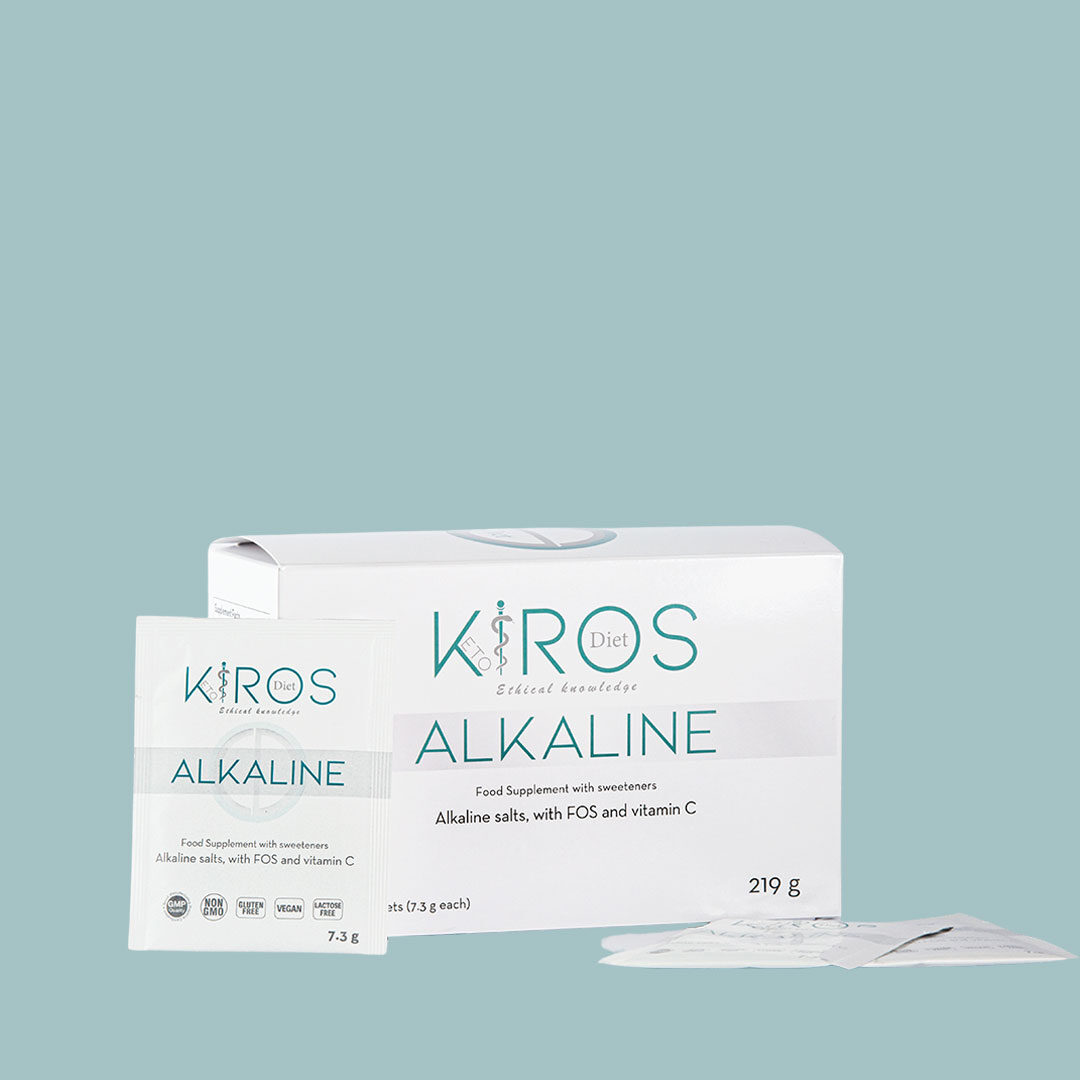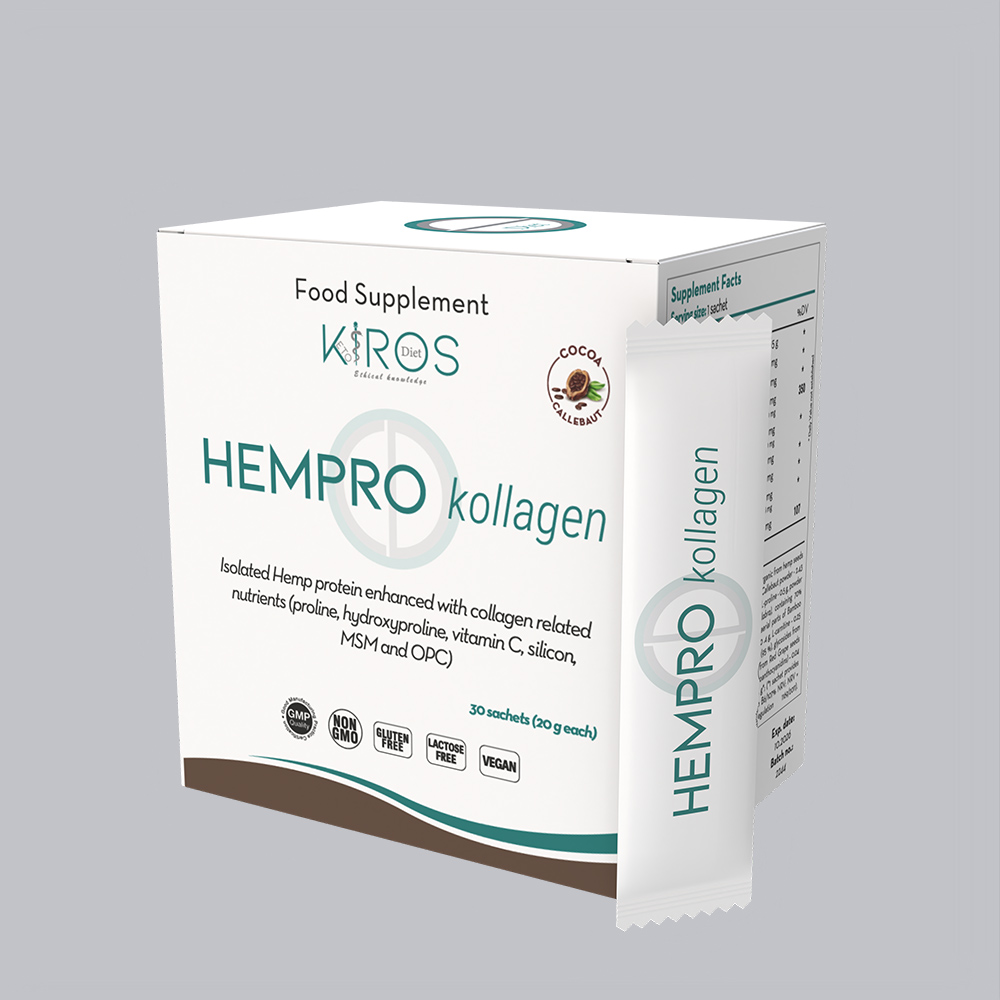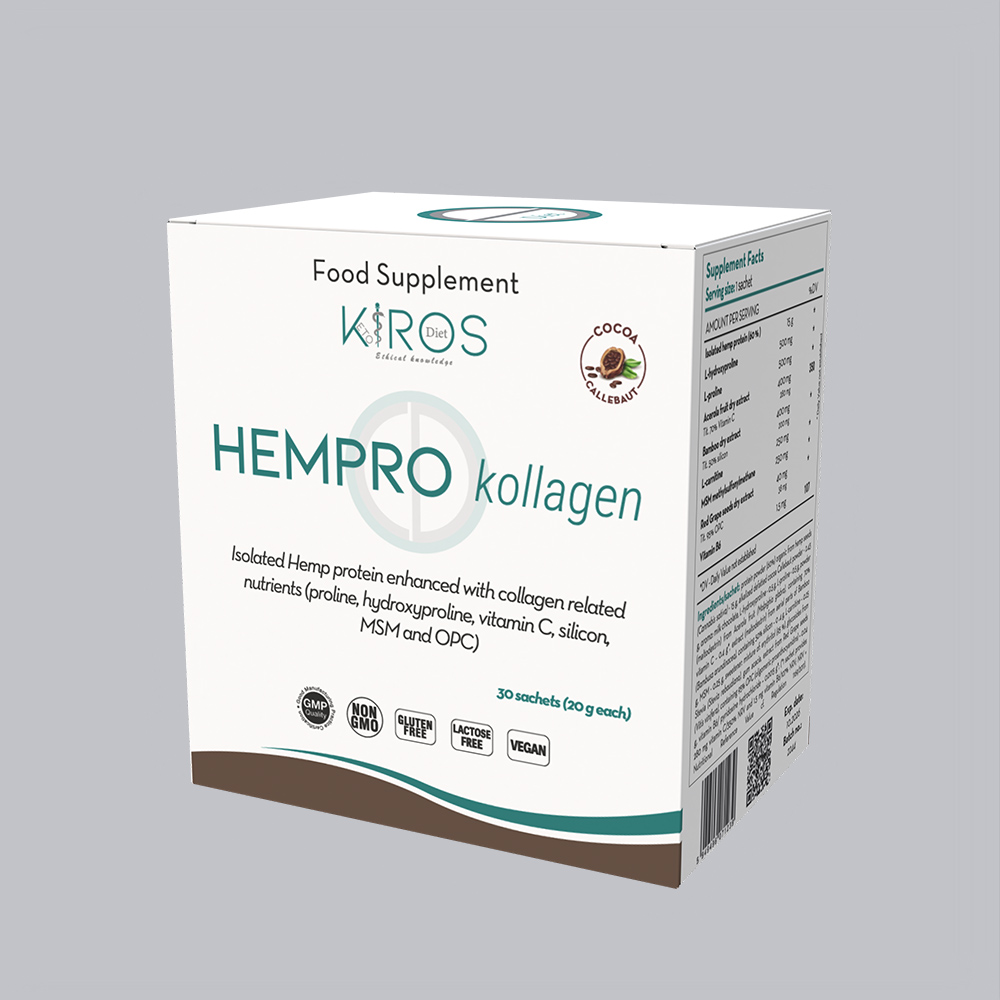Effectiveness
Is a balanced formula particularly composed of CoQ10 200 mg, α-lipoic acid 200 mg, the chaga fruit (Innotus obliquus) extract with 25% of beta-glucans, vitamin E, dihydroquercetin, vitamin B3, zinc, manganese, copper and selenium.
RE:PAIR reduces free radicals from the body, promotes the depurative physiological process in the body, helps moisturize the skin, regain elasticity and helps to reduce the wrinkles and acne. It also boosts the immune system and heart health; preventing neurological, motor and dysmetabolic degenerative diseases.
We recommend two capsules of RE:PAIR per day.
Context
Mitochondria play a vital role for the skin and mitochondrial dysfunction induces skin aging.These dysfunctions can be associated with cardiovascular disorders, neurological, diabetes and cancer.
The skin is a high turnover organ, in constant renewal which depends on the rapid proliferation of its progenitor cells. The energy requirement for these metabolically active cells is met by mitochondrial respiration, an ATP generating process that is located on the inner membrane of the mitochondria. Not surprisingly, the mitochondria are the primary organelle affected during chronological and UV-induced skin aging, the phenotypic manifestations of which are the direct consequence of mitochondrial dysfunction. Some disorders of the skin have a mitochondrial involvement and include dermal manifestations of primary mitochondrial diseases as well as congenital skin diseases caused by damaged mitochondria. Chronic UV exposure induces nuclear and mitochondrial DNA damage and oxidative stress in the skin cells, which can progress to photo-aging or skin cancer.
RE:PAIR facilitates the biogenesis of new mitochondria providing effective doses of the two most scientifically validated nutrients to optimize the functioning of existing mitochondria.
This is the first time that a formula based on this combination of active ingredients has been developed and commercialized.
Characteristics of the components
Coenzyme Q10 (CoQ10) is a natural substance present in all human cells which plays a key role in cell bioenergy. Is also an effective antioxidant with a range of possible benefits for human health. CoQ10 levels are 10 times higher in the epidermis than in the dermis and decreases significantly with age. Because of its ability to protect the skin against damage from free radicals and reduce signs of aging, CoQ10 is a fundamental mitochondrial ingredient and its integration improves the phenotypic signs of skin aging by restoring the mitochondrial function.
A-lipoic acid is a fatty acid with a powerful antioxidant action that helps to combat oxidative stress caused by free radicals (responsible for aging and cell damage) both outside and inside the nerve cell.
It is an essential cofactor of the mitochondrial multienzymatic complex and therefore plays an important role in energy metabolism. Its integration restores mitochondrial enzyme activities and ensures deep skin protection.
Chaga, Inonotus Obliquus is a fungus from Hymenochaetaceae family; contains polysaccharides with antioxidant action but above all, is a rich source of SOD (Super Oxide Dismutase) 4, an enzyme with a high antioxidant power and of fundamental importance for maintaining the correct cellular redox state, since it allows the elimination of the superoxide ion (produced continuously in small quantities in physiological conditions and to a greater extent in different pathological states) which, in the presence of transition metals, can be transformed into oxygen radical species with high toxicity.
The presence of polyphenolic compounds5,6, polysaccharides7,8 integrates and enhances the antioxidant capacity of Chaga. Is a antioxidant action which can be useful in the prevention of oxidative damage from UV rays. In vivo experiments (rats) have shown the ability of Chaga to reduce skin thickening and the appearance of wrinkles induced by UV rays as well as increase collagen synthesis9 thus helping to reduce the skin aging process. Other studies have shown that the endo-polysaccharides of Chaga are able to modulate and stimulate the action of the immune system, have a protective role in neurodegenerative diseases and antiviral effects.
Complex of microelements. Zinc, manganese, copper and selenium have antioxidant effects and are involved in the regulation of antioxidant activities10. The body has developed numerous mechanisms to protect itself from the damaging effects of free radicals; for example there are some enzymes able to decompose and sequester oxidizing agents. These endogenous antioxidants include superoxide dismutase, catalase and glutathione peroxiodase and the thioredoxin reductase system11,12. Trace elements play an important role as enymatic cofactors. Selenium (Se) participates in the antioxidant defense and in the maintenance of redox homeostasis in the form of selenoproteins, such as glutathione peroxiodase and thioredoxin reductase, protecting organisms from aging and aging-related diseases13. Copper (Cu) is the third most abundant trace element in the body (75-100 mg) and is mainly stored in the liver, brain, heart, kidneys and muscles. Cu allows the correct functioning of many enzymes involved in the body’s antioxidant defense (SOD), in the production of energy (cytochrome c oxidase), in the synthesis of collagen (lysyl oxidase), in the production of hemoglobin (ceruloplasmin, Cp), melanin (tyrosinase) and myelin14,15. Zinc is stored in the prostate, eyes, brain, muscles, bones, kidneys and liver. In blood plasma, Zn is bound and transported by albumin (60%) and transferrin (10%) 16. The biological functions of Zn can be grouped into three categories: catalytic (as a cofactor for numerous enzymes, including antioxidant enzymes), regulatory (in immune response, wound healing, synthesis of proteins, DNA and participation in cell division) and structural (involvement in collagen synthesis) 16. Manganese (together with Cu and Zn) is one of the essential minerals for the activity of the antioxidant enzyme system (MnSOD, Cu / ZnSOD). Among other things, it plays a key role in catalyzing the dismutation of the superoxide anion into hydrogen peroxide and oxygen17.
Vitamins. The health of our skin is closely linked to vitamins, precious substances that our body is not able to synthesize and which must be taken with the diet or proper integration. Vitamin B3, also known as niacin or vitamin PP, is a water-soluble vitamin and cannot be stored in the body and must be taken regularly. It is found in white meats (especially turkey), oily fish, whole grains and milk. Its function is necessary for cellular respiration, it promotes circulation, the functioning of the nervous system and is very important for a healthy digestive system. It has an antioxidant action on the skin and helps microcirculation, promoting hydration and protecting it from free radicals. Vitamin B3 also participates in the transformation of lipids and carbohydrates and in maintaining the balance and well-being of the skin’s hydrolipidic barrier. It helps to stimulate the fibroblasts in the production of collagen resulting in a firmer and more elastic skin and therefore in an effective prevention of the imperfections typical of skin aging18. Vitamin B3 regulates the epidermal synthesis of ceramide, a fundamental constituent of the epidermal barrier18. Other studies have reported that vitamin B3 helps prevent harmful molecular and immunological events induced by UV rays19, reduces skin hyperpigmentation20, exerts multiple cosmetic benefits by keeping the skin soft and hydrated by lubricating the skin;
Vitamin E is an essential nutrient that is receiving great interest in dermatology due to its antioxidant properties. The main natural sources of vitamin E are fresh vegetables, vegetable oils, grains and nuts. Oral supplementation of vitamin E inhibits lipid peroxidation (antioxidant effect), fights photoaging and UV damage, reduces inflammation, increases collagen synthesis21.
Dihydroquercetin (taxifolin) is a powerful flavonoid present in onions, French maritime bark, milk thistle, tamarind seeds and Sophora japonica, with antioxidant, detoxifying, protective, regenerating and anti-edema effects of the capillaries. Helps strengthen the walls of blood vessels, improve microcirculation, normalize the level of triglycerides and cholesterol in the blood; prevents the development of atherosclerosis, reduces the risk of heart attack and stroke. The use of dihydroquercetin has a beneficial effect on the skin, leading to the normal synthesis of elastin and collagen. Dihydroquercetin improves skin barrier function, promote exfoliation and skin turnover. It performs an antioxidant action by controlling the reactive oxygen species22.
